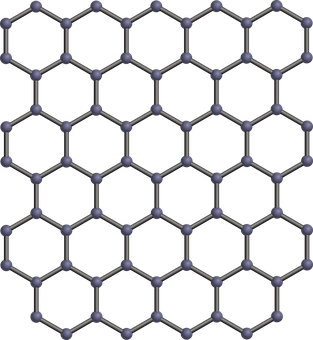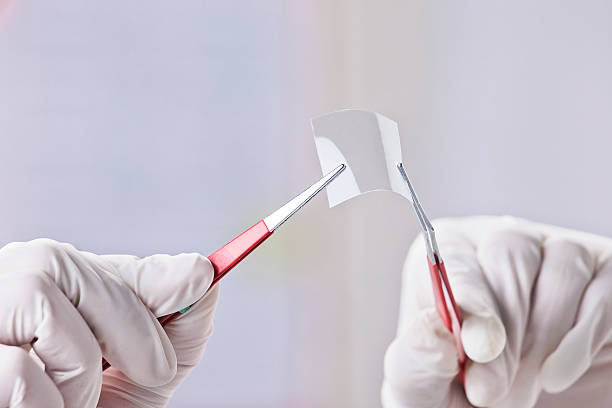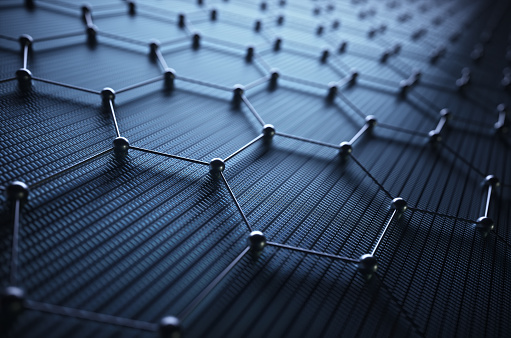Graphene
What if I told you that right now, just with the things in your room, you could create the strongest, thinnest, lightest, and best conductor of heat and electricity known to man? It may seem impossible, crazy even, but it’s true. With simply a piece of tape and a pencil, we can make graphene. Graphene has become one of the century’s most studied and notable materials. With almost limitless applications, graphene is the key to our future.
Graphene, as defined by Graphenea (a leading Graphene Foundry): is a single layer (monolayer) of carbon atoms, tightly bound in a hexagonal honeycomb lattice. Multiple layers of graphene stacked on top of one another create the well-known and loved graphite seen at the end of almost every pencil. Each separate layer is being held together by intermolecular forces.

Two professors first discovered graphene at the University of Manchester; Geim and Novoselov took a hunk of graphite and continuously pulled it apart with scotch tape until each piece became thinner and thinner than the last. When studied under a microscope, the two scientists realized that they had just uncovered the first-ever graphene sample. They were later awarded the Nobel Prize for their discoveries.
So yes, for the most part, you could make this revolutionizing material right at home. With patience, a pencil, and a nice piece of tape, graphene can be discovered by just about anybody. Although it seems simple, making a genuinely pure and high-quality piece of graphene takes a lot of work and time. It requires a process that has been perfected for maximum efficiency and minimal cost. Currently, graphene is most commonly created in a CVD process. This is done by heating a mixture of gasses at high temperatures and allowing the gaseous mixture to react with a substrate surface in a reaction chamber. This allows for a thin layer of material to form on the substrate. However, it should be noted that heat is critical in this process due to the notion that variations in heat may cause differences in material types. With this method, graphene is produced for the manufacturing setting.
Graphene is a wonderful material and, as I call it, the magical fruit of science. Its uses and possibilities are almost endless, and its properties are incomparable. Graphene is the thinnest known material, set at one atom thick. While additionally is the world’s strongest material, between 100-300 times stronger than steel, and has a tensile strength of 130GPa. Additionally, graphene is the best conductor of heat and electricity known.
These properties allow for light to have incredible uses within technology today. Graphene has been researched and used in many scientific settings, including high-frequency electronics, bio, chemical and magnetic sensors, ultra-wide bandwidth photodetector, and energy storage and generation. The development of graphene within these regions has dramatically improved their capabilities. Graphene’s properties have made creating supercapacitors possible and may be one of the most significant technological steps for a very long time. Using graphene, batteries may improve, making electronic vehicles and devices much more enticing. To put it into perspective, with the help of graphene, technology will soon be charged in a matter of seconds instead of minutes. In addition, communication will become much more advanced as graphene can send information much quicker than we currently can.

Hence, not every discovery must be complicated. Sometimes we can change the world with a pencil and a piece of tape. The uses of graphene are fantastic. The face of the future is near, and graphene is the key to unlocking these new advancements.
